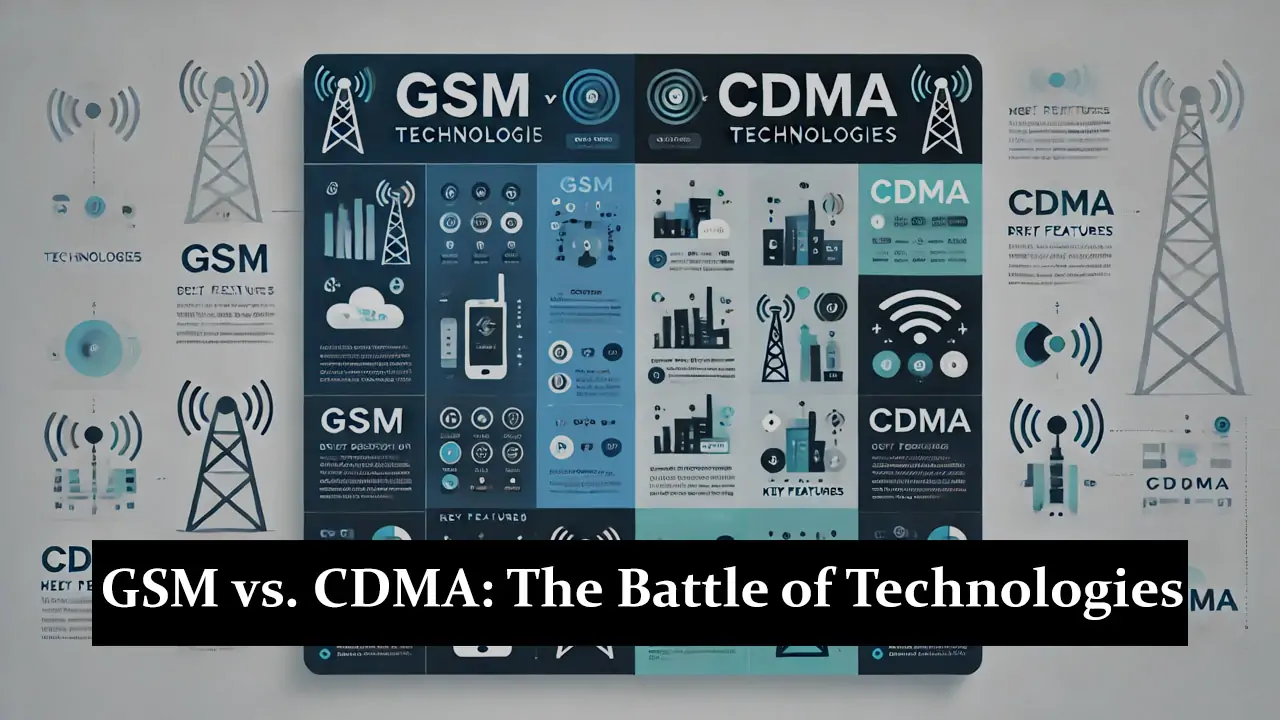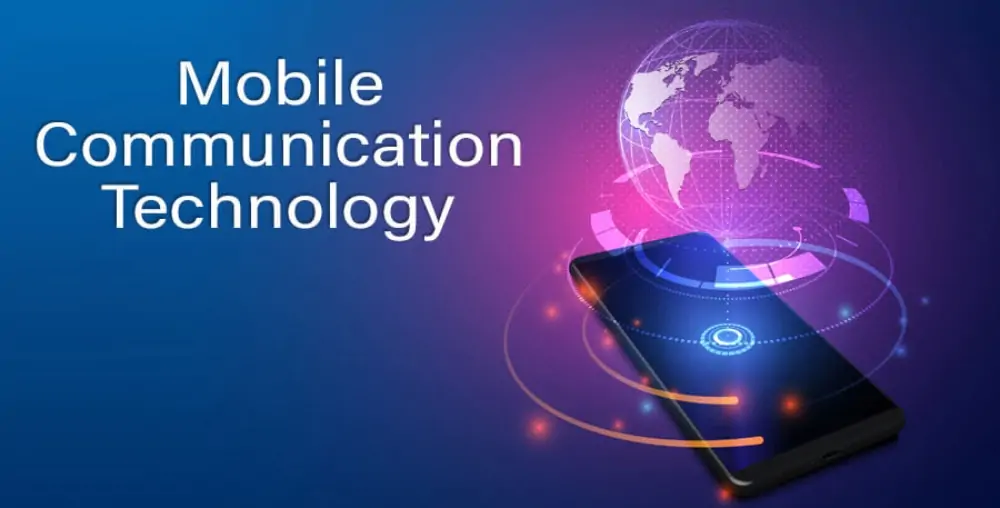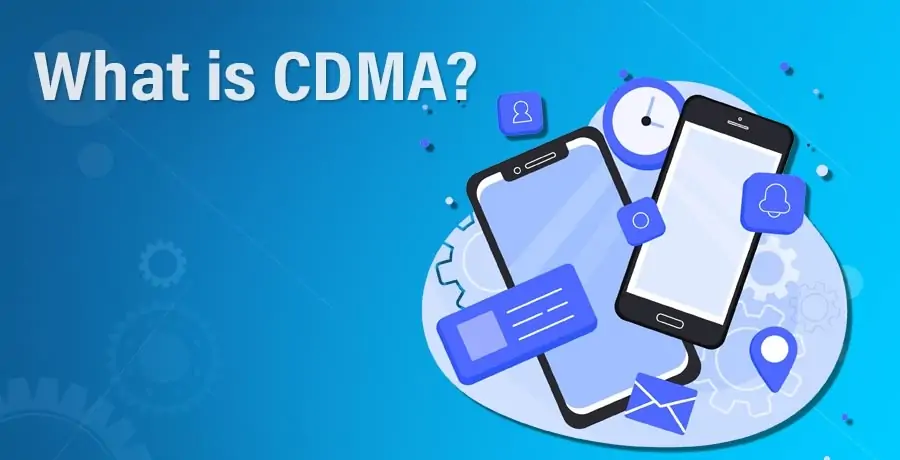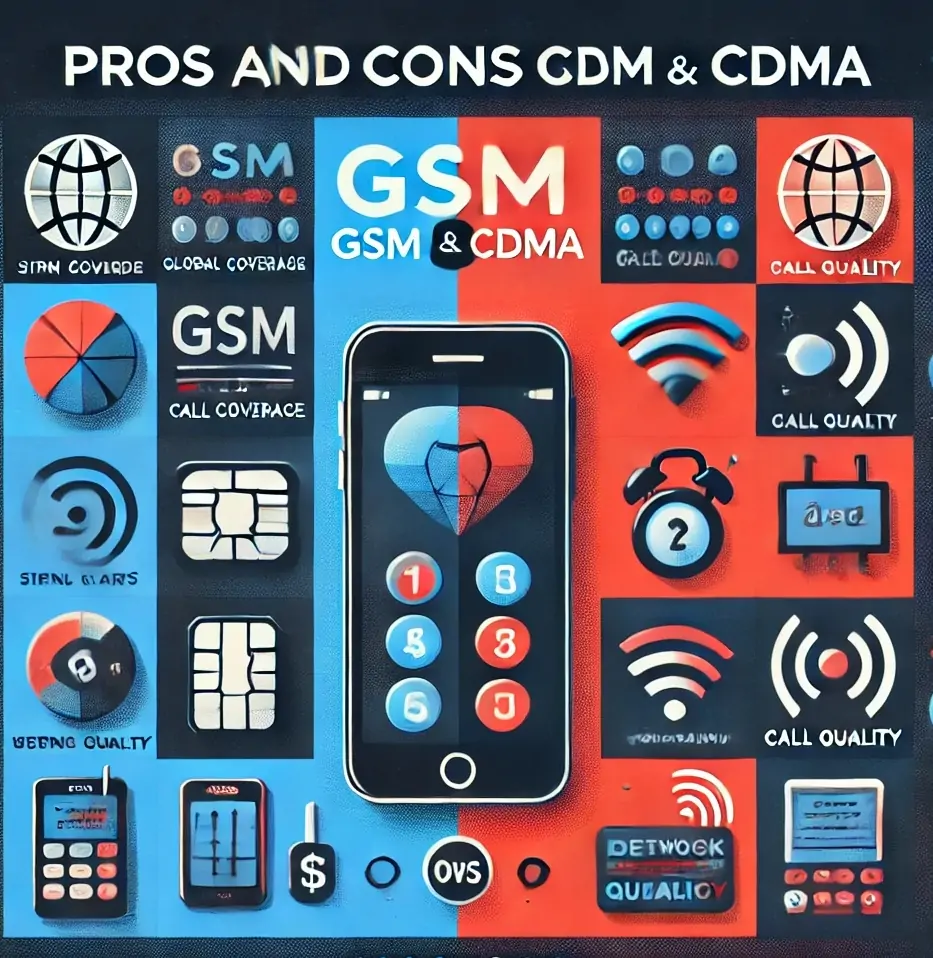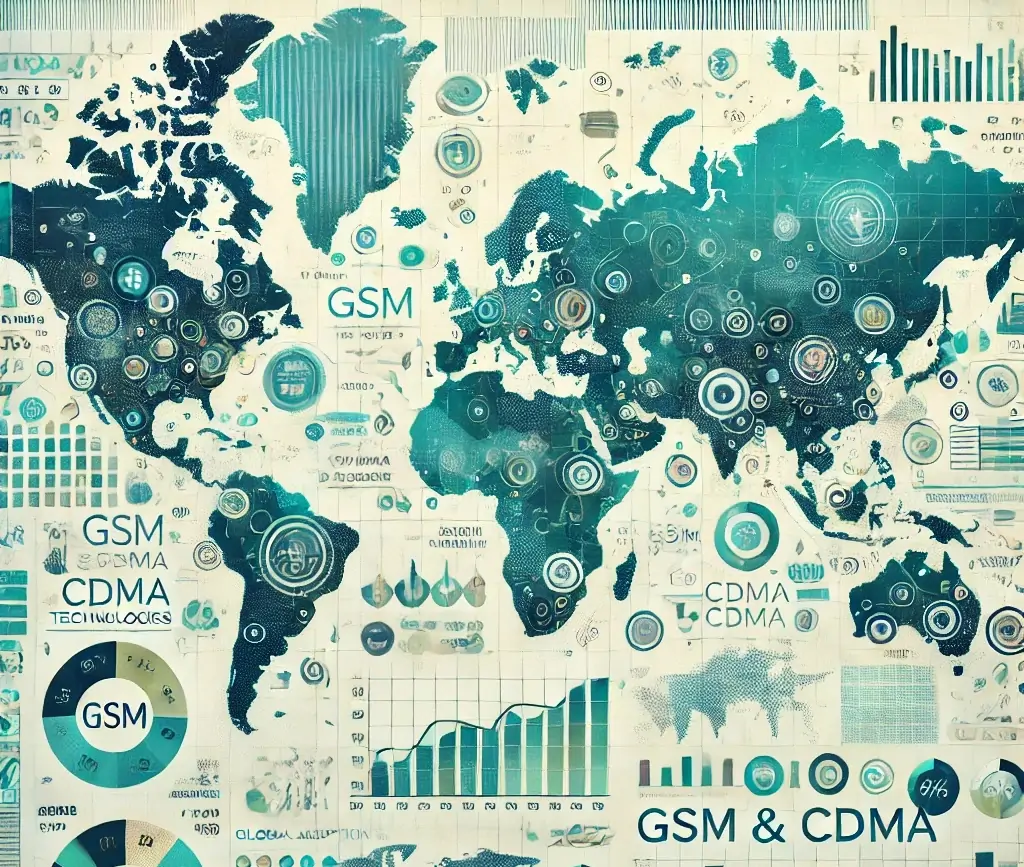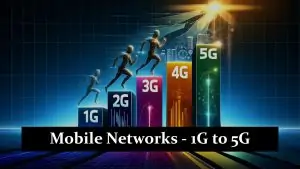In the fast-paced world of mobile communication, understanding the key technologies that drive our connectivity is crucial. GSM (Global System for Mobile Communications) and CDMA (Code Division Multiple Access) are two fundamental technologies that have shaped the landscape of mobile networks. This blog will explore the intricacies of GSM and CDMA, highlighting their importance, differences, pros and cons, and global adoption.
Understanding Mobile Communication Technologies
Mobile communication technologies are the systems and protocols that enable wireless communication between devices over a network. These technologies facilitate voice calls, text messaging, and data transfer, making mobile communication an integral part of modern life.
Historical Context and Evolution of Mobile Networks
Mobile networks began with analogue systems in the 1980s and evolved through several generations. Each generation has significantly improved speed, capacity, and functionality from 2G (GSM) to 3G, 4G, and now 5G.
Importance in Modern Communication
Mobile communication technologies are the backbone of our interconnected world, supporting various applications from personal communication to business operations and emergency services.
What is GSM?
GSM (Global System for Mobile Communications) is a standard developed to ensure the compatibility and interoperability of mobile networks worldwide. It is the most widely used mobile communication technology, supporting voice and data services.
History and Development of GSM
GSM was developed in the 1980s by the European Telecommunications Standards Institute (ETSI) and launched in 1991. Its standardized approach allowed for widespread adoption and international roaming.
Key Features of GSM
- SIM Card Usage: GSM networks use SIM cards to store subscriber information, allowing users to switch devices easily.
- International Roaming Capabilities: GSM supports seamless international roaming, enabling users to stay connected while traveling.
- Voice and Data Services: GSM provides robust voice and data services, including SMS and mobile internet.
- GSM Network Structure: GSM networks consist of cells, base stations, and a network switching subsystem, ensuring efficient communication and coverage.
What is CDMA?
CDMA (Code Division Multiple Access) is a digital cellular technology that uses spread-spectrum techniques to allow multiple users to share the same frequency band, improving the network’s efficiency and capacity.
History and Development of CDMA
Qualcomm developed CDMA in the 1980s and commercialized it in the 1990s. It became a key technology in North America and parts of Asia.
Key Features of CDMA
- No SIM Card Requirement: Unlike GSM, CDMA does not typically use SIM cards, as subscriber information is stored in the device.
- Higher Data Transfer Rates: CDMA can support higher data transfer rates, making it suitable for data-intensive applications.
- Voice and Data Services: CDMA offers high-quality voice and data services.
- CDMA Network Structure: CDMA networks use spreading codes and base stations to manage communication, ensuring secure and efficient transmission.
Key Differences Between GSM and CDMA
Here’s a table summarizing the key differences between GSM and CDMA:
| Feature | GSM | CDMA |
|---|---|---|
| SIM Cards | Uses SIM cards for subscriber identity | Stores subscriber information in the device |
| International Roaming | Facilitates international roaming | Limited reach, primarily in North America and parts of Asia |
| Network Coverage | Broader global coverage | Predominant in specific regions |
| Call Quality and Data Speed | Generally lower compared to CDMA | Offers better call quality and higher data speeds |
| Device Compatibility and Choice | Greater flexibility with SIM cards | Often locked to specific carriers |
| Technical Differences | Uses Time Division Multiple Access (TDMA) | Uses Code Division Multiple Access (CDMA) |
| Frequency Bands | Operates on different frequency bands | Operates on different frequency bands |
| Data Transmission Techniques | Circuit-switched data | Packet-switched data |
| Signal Processing and Call Handling | Uses TDMA for signal processing | Spread-spectrum technique for better signal processing and call handling |
This table provides a clear comparison of the key aspects of GSM and CDMA technologies.
Pros and Cons of GSM and CDMA
Pros and Cons of GSM
Pros and Cons of CDMA
Global Adoption and Usage
- Geographic Regions Where GSM is Predominant: GSM is the dominant mobile technology in Europe, Africa, and most parts of Asia and Oceania.
- Geographic Regions Where CDMA is Predominant: CDMA is predominantly used in North America, South Korea, and some parts of Japan and China.
- Transition to 4G and 5G Technologies: The transition to 4G and 5G technologies is reshaping the landscape, with GSM and CDMA networks evolving to support these advancements.
- Impact on GSM and CDMA: 4G LTE and 5G networks converge the differences between GSM and CDMA, leading to a more unified global mobile communication standard.
- Future Trends in Mobile Communication: The future of mobile communication lies in 5G and beyond, focusing on higher speeds, lower latency, and greater connectivity.
Final Thoughts
Understanding GSM and CDMA is crucial for making informed decisions about mobile devices and services. As mobile communication technologies evolve, staying updated with the latest trends and advancements will ensure you remain connected in the best possible way.
